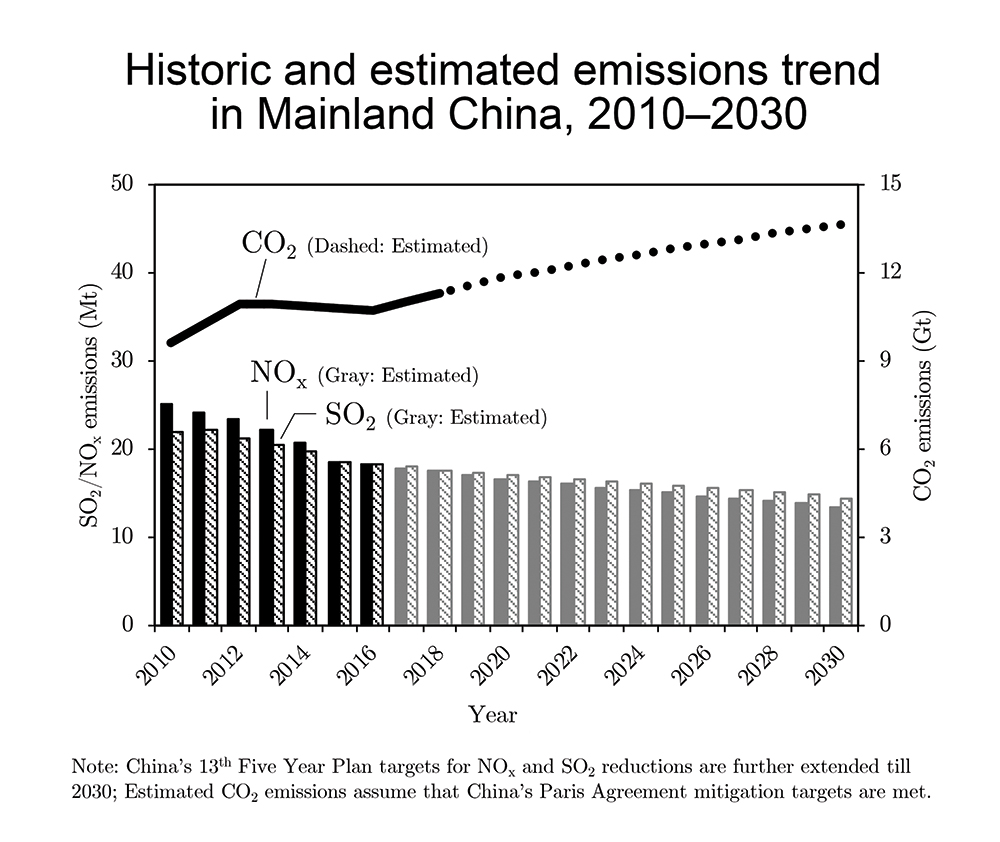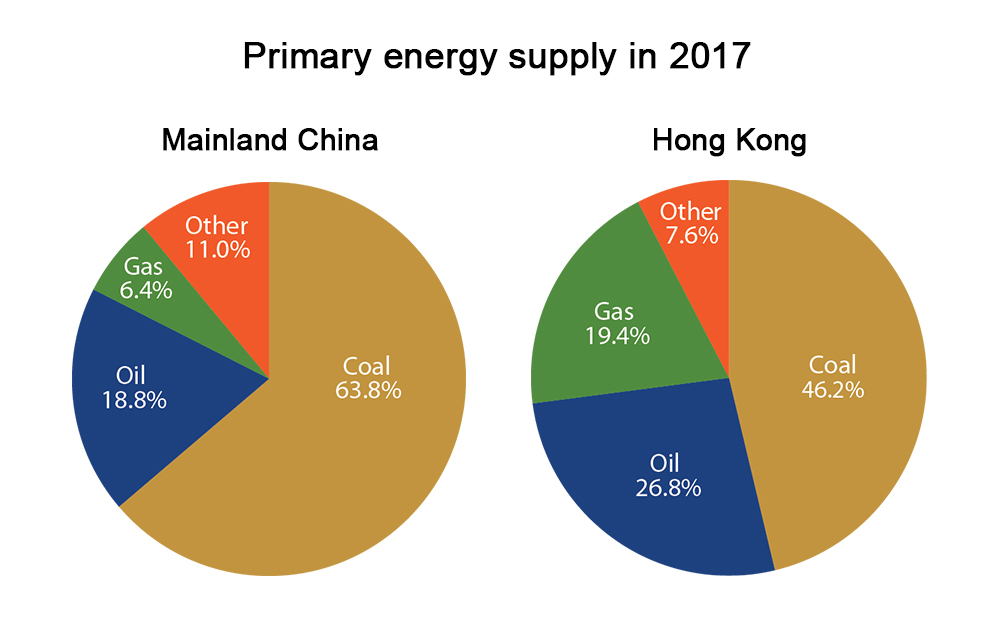November 2020 | Volume 22 No. 1
Cover Story
Airborne Solution
Governments need an incentive to take the hard decisions necessary to address climate change, but many, particularly in the developing world, tend to put off taking decisive action because the costs of climate mitigation may exceed the payoffs and take decades to be realised. Dr Nam Kyung-Min of the Department of Urban Planning and Design has produced solid evidence that an incentive can be found in the here and now.
Dr Nam’s focus is the link between climate change and air pollution, particularly in China which is the world’s largest carbon emitter and suffers from serious air pollution.
China’s air pollution is notorious for its magnitude – in 2015, for example, the annual mean concentrations of particulate matter, which can penetrate deep into human respiratory and circulatory systems, exceeded the World Health Organization guideline levels by eight times in Beijing. In response, China has been taking increasingly stringent actions against air pollution. As a result, not only has air pollution abated but so have greenhouse gases, whether China intended so or not.
“Air pollutants and greenhouse gases are different and they are often controlled independently of each other in many countries,” Dr Nam said. “But these two gas species are inseparable in both being to a large extent co-generated from fossil fuel combustion. Accordingly, if you abate air pollutant emissions, fossil energy use is constrained, as are greenhouse gas emissions, and vice versa. This linkage is particularly strong in China given its high dependence on coal for domestic energy supply.”
This observation is important because around the world, governments have been exhorted to reduce greenhouse gas emissions to save the planet – a goal that is more vague than asking them to reduce air pollution to protect health, which most countries, including China, are keen to do.

The global benefit of local action
“The Chinese government has become serious about pollution abatement and imposed absolute emissions reduction targets. In contrast, its carbon mitigation goal is relatively moderate and is expressed in terms of ‘intensity’, which is carbon emissions per unit of gross domestic product. China wants to reduce carbon intensity by up to 65 per cent by 2030, using 2005 as the base, but because the economy keeps growing at high rates, absolute carbon emissions in 2030 may still be substantially above the 2005 level,” he said.
Yet Dr Nam’s research has shown that China may still achieve much greater carbon reductions than its official targets because of its stringent air-quality control.
Using an energy-economic simulation model, he looked at data for both pollution and carbon emissions and found that reducing pollutants such as nitrogen oxides and sulphur dioxide helps reduce absolute carbon emissions, too. This was one of the first studies to explore the potential climate co-benefits of air pollution abatement in China.
“Mainstream co-benefit analysis tends to place carbon mitigation policy, rather than air pollution abatement, at the centre. Developing countries like China and India have been urged to join the global effort to mitigate carbon emissions by arguing that this is much less costly if the ancillary air-quality improvement is taken into consideration, too.
“My approach champions the reverse logic. If you want developing countries to act in favour of global benefits, you need to incentivise them locally.”
Dr Nam has also been looking at market-based instruments for climate mitigation such as an emissions trading scheme (ETS), particularly in Hong Kong’s context.

(Source: Created by the author from the International Energy Agency database)
Another solution: carbon trading
Hong Kong has imposed a similar carbon emissions reduction target as China but has less room to manoeuvre in achieving that goal. About two-thirds of Hong Kong’s carbon emissions come from thermal power plants operated by two local firms, which are already required to install equipment to reduce emissions and switch from coal to less carbon-intensive natural gas. The transport sector, which accounts for much of the remaining local carbon emissions, faces similar requirements. Given the small number of potential participants and a tiny carbon market, Hong Kong would have difficulty sustaining an ETS on its own. But Dr Nam sees a solution across the border.
He believes Hong Kong could achieve its official mitigation goals at lower costs by participating in China’s ETS, which is being trialled in eight Mainland locations. This lets firms in industrialised areas trade ‘carbon credits’ with those in less urbanised areas or from more energy-efficient sectors within a given economy-wide emission cap.
“If Hong Kong tries to achieve its carbon reduction goals solely through command-and-control regulations, it would be very costly. It is hard to imagine that Hong Kong could develop its own carbon market, but its participation in China’s national ETS seems to be a feasible and realistic option,” he said.
Dr Nam has developed a computer simulation model based on microeconomic theory and is starting to estimate the effects of cross-border emissions trading between Hong Kong and Mainland China. “I hypothesise that the policy compliance cost measured in terms of GDP loss will be much lower than if Hong Kong regulated its market separately,” he said. He hopes the results, due next year, will help increase local policymakers’ attention on regional emissions trading.
If you want developing countries to act in favour of global benefits, you need to incentivise them locally.

DR NAM KYUNG-MIN

